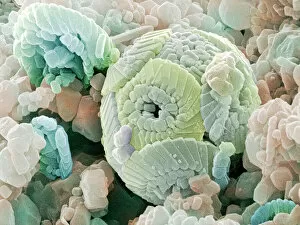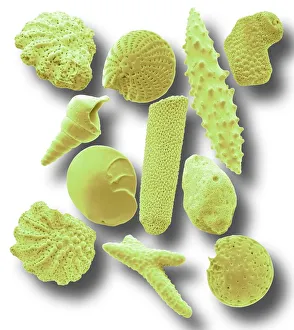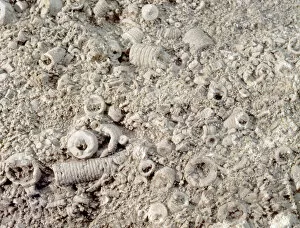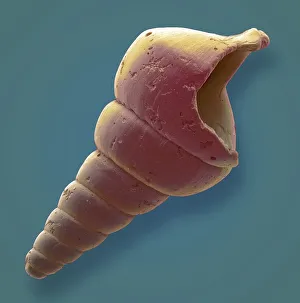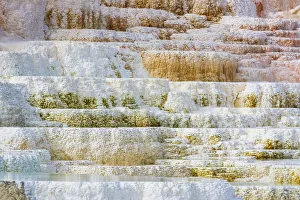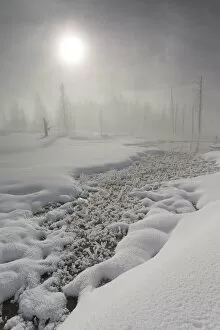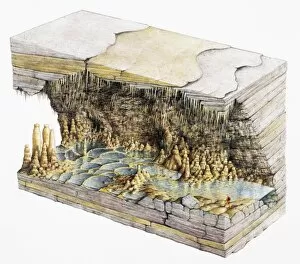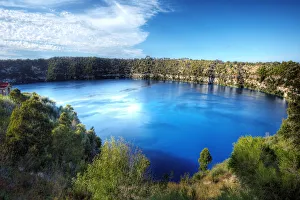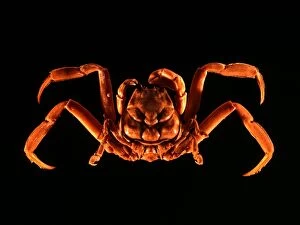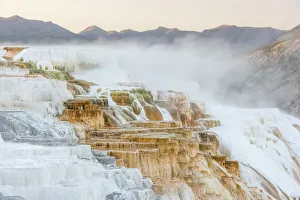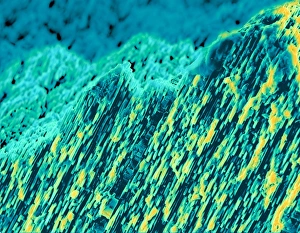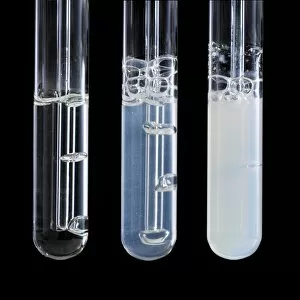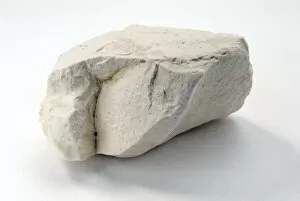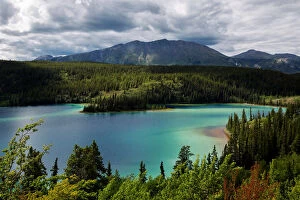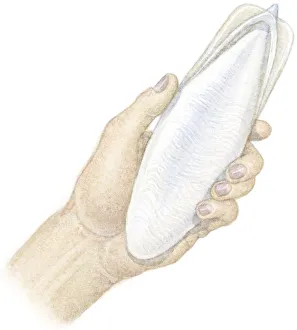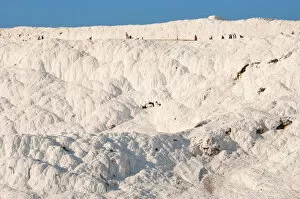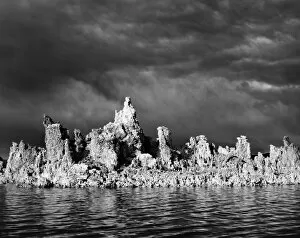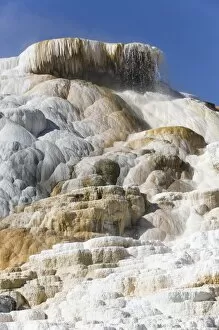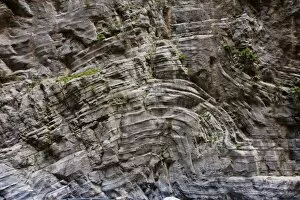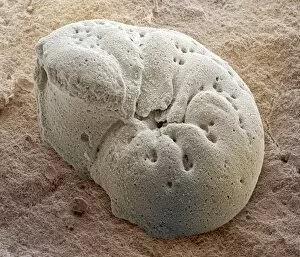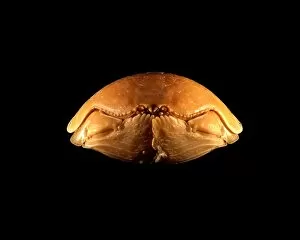Calcium Carbonate Collection
Calcium carbonate, a fascinating mineral with diverse forms and applications
All Professionally Made to Order for Quick Shipping
Calcium carbonate, a fascinating mineral with diverse forms and applications. From the intricate calcareous phytoplankton fossils captured under SEM Z100 / 0213 to the mesmerizing microfossils revealed through SEM, its presence is undeniable. The existence of coelosphaeridium, a calcareous alga, further showcases the versatility of this compound. Oolitic limestone stands as a testament to calcium carbonate's ability to form unique geological structures. Its formation process leaves behind captivating patterns that captivate our imagination. And who can forget limescale crystals? Under SEM, they reveal their intricate beauty and remind us of nature's artistry. Gastropod microfossils discovered under SEM offer glimpses into ancient marine ecosystems while travertine terraces at Minerva Spring in Mammoth Hot Springs, Yellowstone National Park leave visitors awestruck by their grandeur. Calcareous sinter terraces at Mammoth Hot Springs in Wyoming add vibrant colors to the landscape, showcasing nature's palette. Tufas on Mono Lake in California present an enchanting sight with their towering formations and colored rocks that come alive during nightfall. Foraminiferan microfossils observed under SEM provide valuable insights into past environments and climate change. In winter at Tangled Creek within Yellowstone National Park lies another marvel – calcified trees adorned with calcium carbonate formations glistening against the snowy backdrop. These natural wonders serve as reminders of both time's passage and the enduring power of calcium carbonate. Whether it be fossilized remains or stunning geological formations across various landscapes like Yellowstone National Park or Mono Lake in California, calcium carbonate continues to amaze us with its myriad manifestations throughout history and around the world.

